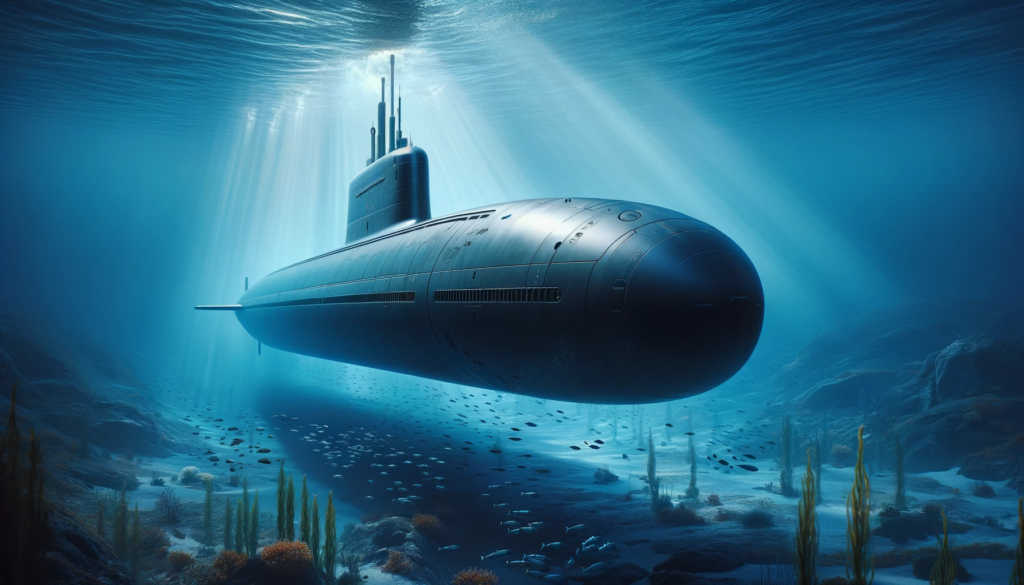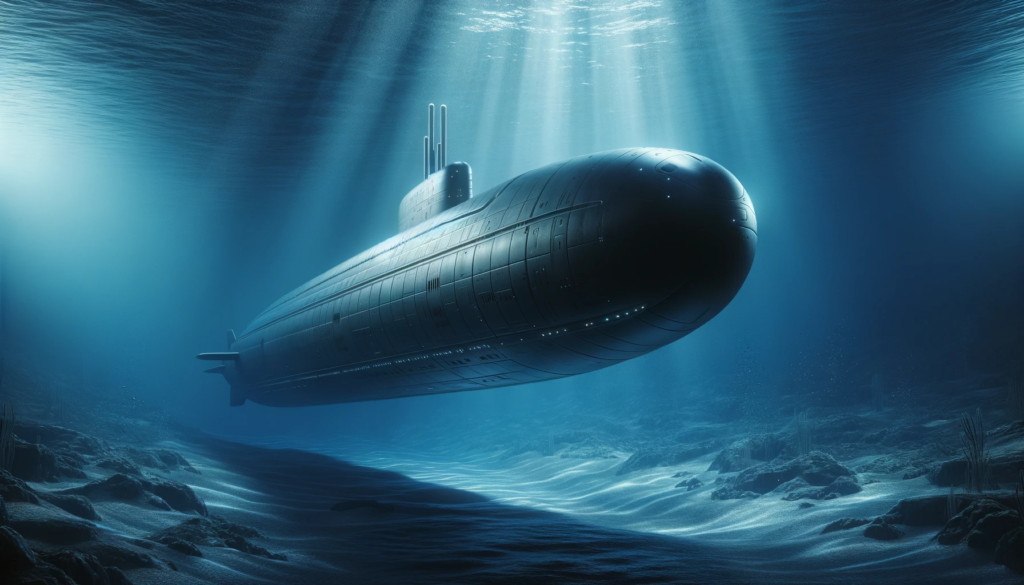The World of Nuclear Submarines: Power, Stealth, and Strategy

World of Nuclear Submarines
World of Nuclear Submarines
Nuclear submarines have revolutionized naval warfare, combining the limitless endurance provided by nuclear power with the stealth and versatility of submarine technology. These underwater vessels are a cornerstone of many nations’ naval fleets, offering a blend of offensive and defensive capabilities.
The Evolution of Nuclear Submarines
The inception of nuclear-powered submarines dates back to the mid-20th century, with the launch of the USS Nautilus in 1954. This marked a significant leap from diesel-electric submarines, which were limited by their need to surface frequently for air and battery recharging. Nuclear submarines can remain submerged for months, limited only by food supplies for the crew.

How Nuclear Submarines Work
At the heart of a nuclear submarine is a nuclear reactor, which generates heat through nuclear fission. This heat is used to produce steam, driving turbines that generate electricity and propel the submarine. Unlike surface ships, nuclear submarines do not need to intake air, allowing them to remain submerged for extended periods.
Strategic and Tactical Advantages
- Extended Deployment: Nuclear submarines’ ability to stay submerged for extended periods enhances their strategic utility, making them ideal for covert operations and long-term missions.
- High Speed and Maneuverability: Despite their size, nuclear submarines are capable of high speeds and agile maneuvering, essential for both evading detection and pursuing targets.
- Versatility in Roles: They serve various roles, including reconnaissance, special forces deployment, anti-submarine and anti-ship warfare, and as a launch platform for ballistic and cruise missiles.
- Nuclear Deterrence: Ballistic missile submarines (SSBNs) form a crucial part of nuclear deterrence strategies, carrying nuclear missiles capable of being launched from underwater, ensuring a second-strike capability.
Key Players and Their Capabilities
- United States: The U.S. Navy operates a large fleet of nuclear submarines, including ballistic missile submarines (SSBNs) and attack submarines (SSNs). The Ohio-class SSBNs and Virginia-class SSNs are among the most advanced in the world.
- Russia: Russia possesses a formidable nuclear submarine fleet, including the Borei-class and Delta-class SSBNs and the Severodvinsk-class SSNs. Russian nuclear submarines are known for their robust design and significant missile payload.
- China: China has been rapidly expanding and modernizing its nuclear submarine fleet, with the Jin-class SSBNs and Shang-class SSNs playing a key role in its naval strategy, particularly in the context of regional maritime disputes and power projection.
- United Kingdom: The UK’s Royal Navy operates the Vanguard-class SSBNs, which form a crucial part of the country’s nuclear deterrent. The upcoming Dreadnought-class submarines are set to replace the Vanguard-class.
- France: France maintains a fleet of nuclear-powered submarines, including the Triomphant-class SSBNs. French submarines are known for their technological sophistication and play a vital role in France’s defense strategy.
Challenges and Considerations

- Nuclear Safety: Operating a nuclear reactor underwater poses significant risks. Ensuring the absolute safety and reliability of the reactor is paramount to prevent nuclear accidents.
- Stealth Technology: Maintaining stealth is crucial for operational effectiveness. This involves sophisticated sound-dampening technologies and hull designs to minimize detectability.
- Cost and Maintenance: Nuclear submarines are expensive to build and maintain, requiring substantial investment and specialized infrastructure.
- Crew Training and Welfare: Operating a nuclear submarine requires highly trained personnel. Additionally, the prolonged underwater deployment poses unique challenges to crew welfare and mental health.
- Environmental Concerns: The impact of nuclear submarines on the marine environment, particularly regarding reactor disposal and radiation leakage, is a matter of ongoing concern and debate.
- Geopolitical Implications: The deployment of nuclear submarines has significant geopolitical implications, often contributing to regional tensions and arms races.
The Future of Nuclear Submarines
Advancements in technology continue to shape the future of nuclear submarines. Emerging technologies like AI, unmanned underwater vehicles (UUVs), and improved reactor designs promise to enhance their capabilities further. However, these advancements also bring new strategic, ethical, and environmental considerations.
Technological Advancements and Trends
- Stealth and Quiet Operation: Modern nuclear submarines are designed with advanced stealth technologies, making them extremely difficult to detect.
- Missile Technology: The latest submarines are equipped with advanced ballistic and cruise missiles, enhancing their strategic capabilities.
- Propulsion and Endurance: Continued advancements in nuclear propulsion technology have increased the efficiency and operational endurance of these submarines.
- Artificial Intelligence and Automation: Integration of AI and automation technologies is enhancing operational capabilities and reducing crew workload.
Challenges and Considerations
- Nuclear Safety and Environmental Concerns: The operation of nuclear reactors at sea poses risks, requiring stringent safety measures and environmental considerations.
- Proliferation and Arms Control: The spread of nuclear submarine technology has implications for global security and nuclear non-proliferation efforts.
- Cost and Resource Intensity: Developing and maintaining a nuclear submarine fleet requires substantial financial and technical resources.
- Geopolitical Implications: The presence and deployment of nuclear submarines can significantly impact regional and global security dynamics.

Nuclear submarines represent a pinnacle of military engineering, offering unmatched endurance, versatility, and power. They play a crucial role in modern naval strategy but also bring a host of challenges and responsibilities. As technology evolves, so too will the role and capabilities of these formidable vessels in global maritime strategy.




